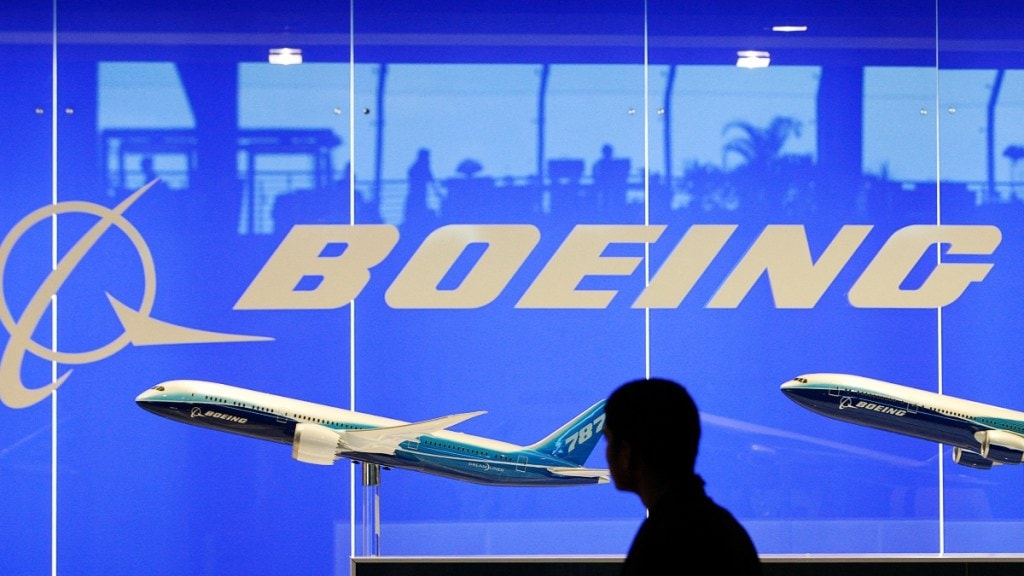Boeing has delivered layoff notices to more than 400 members of its professional aerospace labour union as part of a broader workforce reduction. The layoffs come as the company navigates financial setbacks, regulatory challenges, and the impact of an eight-week strike by its machinists’ union.
Details of the Layoffs
The layoff notices were issued last week to members of the Society of Professional Engineering Employees in Aerospace (SPEEA), with affected workers remaining on the payroll until mid-January.
The cuts affect 438 union members:
- 218 from SPEEA’s professional unit, comprising engineers and scientists.
- The remainder from the technical unit, including analysts, planners, technicians, and skilled tradespeople.
Boeing has promised eligible employees career transition services, subsidised healthcare benefits for up to three months, and severance pay, typically equivalent to one week’s salary for every year of service.
Broader Workforce Reductions
The layoffs are part of Boeing’s larger plan, announced in October, to reduce its workforce by 10 per cent, impacting approximately 17,000 jobs. Boeing CEO Kelly Ortberg said the company needs to “reset its workforce levels to align with our financial reality.”
SPEEA, which represents 17,000 Boeing employees primarily in Washington and with smaller numbers in Oregon, California, and Utah, has expressed concern over the scale of the layoffs but acknowledged Boeing’s financial challenges.
Impact of the Machinists’ Strike
Boeing’s machinists recently returned to work after an eight-week strike, which further strained the company’s finances. However, Ortberg emphasised that the layoffs were not caused by the strike but stemmed from overstaffing and ongoing financial difficulties.
Ongoing Financial and Regulatory Troubles
Boeing, headquartered in Arlington, Virginia, has been grappling with financial and regulatory challenges. A fuselage panel incident on an Alaska Airlines plane in January led to heightened scrutiny and slowed production rates.
- The FAA has limited production of the 737 MAX to 38 planes per month, a target Boeing has yet to meet.
- Financial pressure continues to mount as the company works to stabilize production and regain regulatory confidence.
Outlook and Future Plans
Despite the setbacks, Boeing remains focused on recovering its production capabilities and stabilizing its financial situation. The company has committed to supporting laid-off employees through severance packages and career assistance. However, the road to recovery will depend on addressing regulatory concerns, restoring production efficiency, and managing costs effectively.
The layoffs mark another challenging chapter for Boeing as it seeks to navigate a turbulent period in the aerospace industry.
(With agency inputs)

